
3GPP Global 5G Spectrum Overview
Overview of 5G spectrum: FR1/FR2 band characteristics, spectrum refarming, licensing models, and dynamic spectrum sharing considerations for deployments.

Overview of 5G spectrum: FR1/FR2 band characteristics, spectrum refarming, licensing models, and dynamic spectrum sharing considerations for deployments.
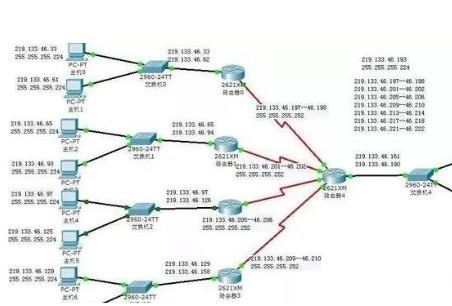
Explains why 192.168.1.x can run out and practical solutions: adjusting subnet mask, adding routers, and using VLANs plus CIDR guidance for scaling LAN IP addresses.
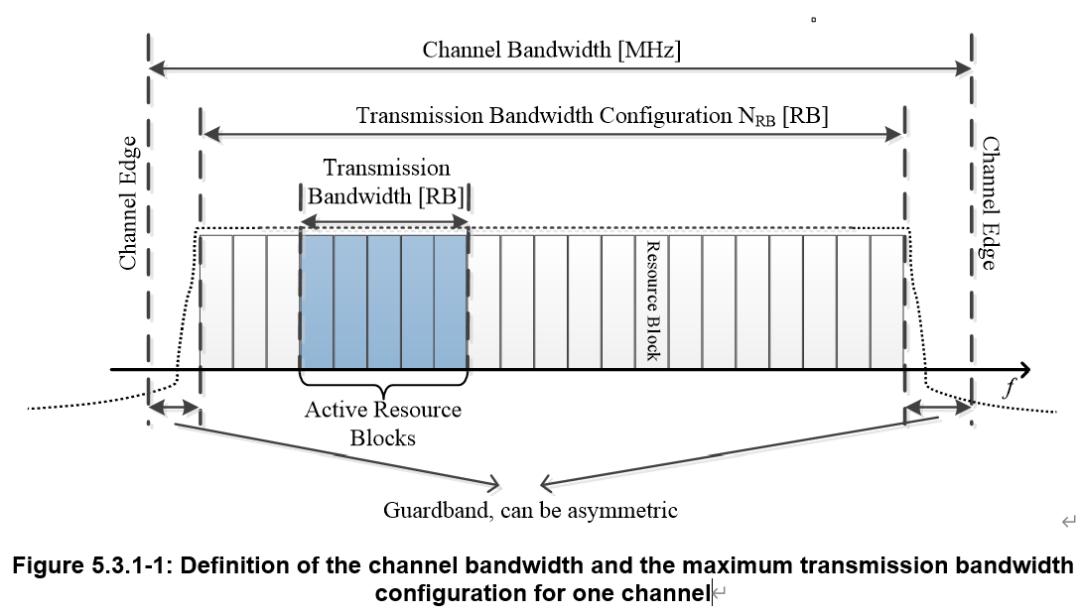
Technical summary of NTN frequency and bandwidth requirements in 3GPP Release 17, covering satellite bands (n255/n256), channel bandwidths, NRB/SCS and IoT NTN UE categories.
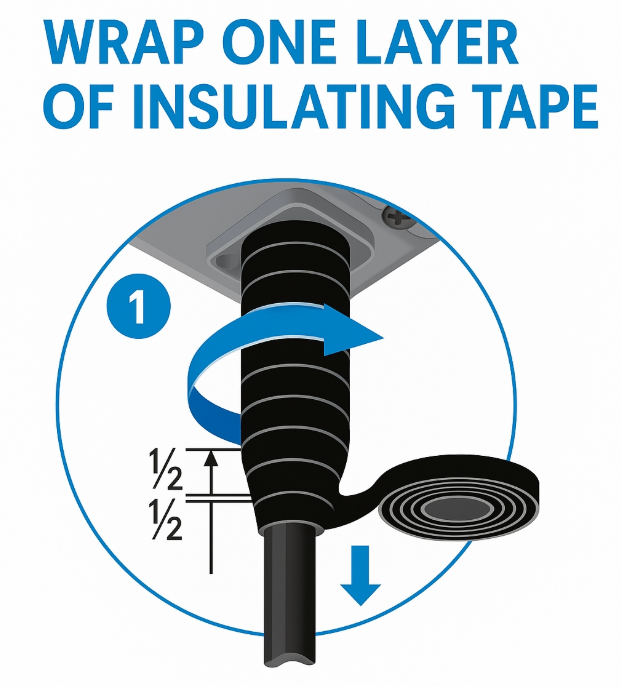
Practical RRU waterproofing guide for ANT ports detailing cold-shrink tubing and the 1+3+3 tape method, unused-port protection, and storage/maintenance recommendations.
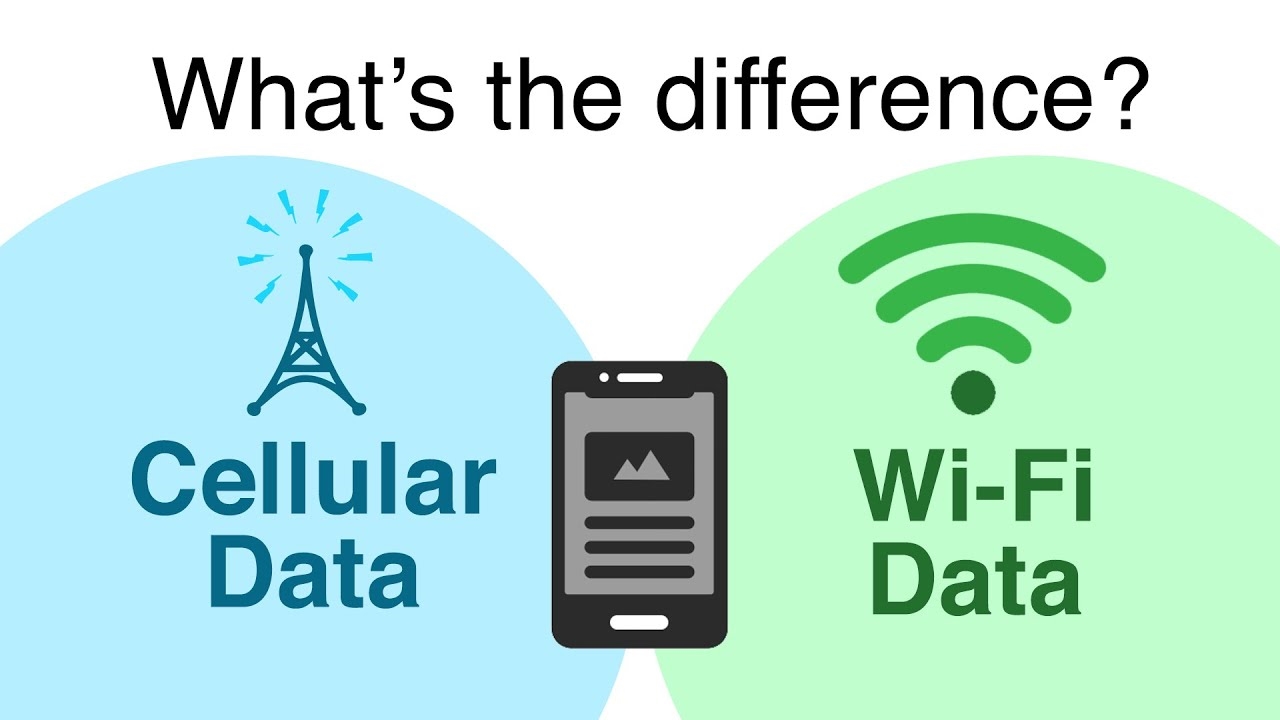
Compare cellular networks and WLAN (Wi-Fi): coverage, use cases, and benefits of cellular-enabled devices for mobile communication, Internet access, and emergencies.
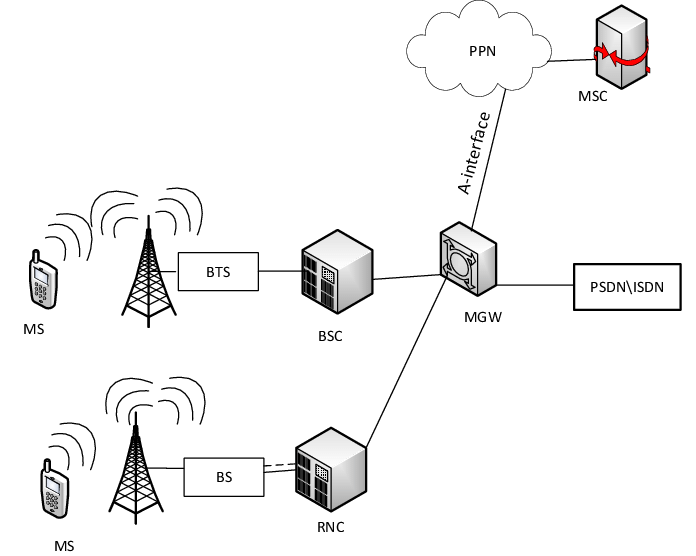
Overview of cellular mobile communication architecture, covering base stations, BSC/MSC, frequency reuse, mobility, handover, and dynamic resource allocation.
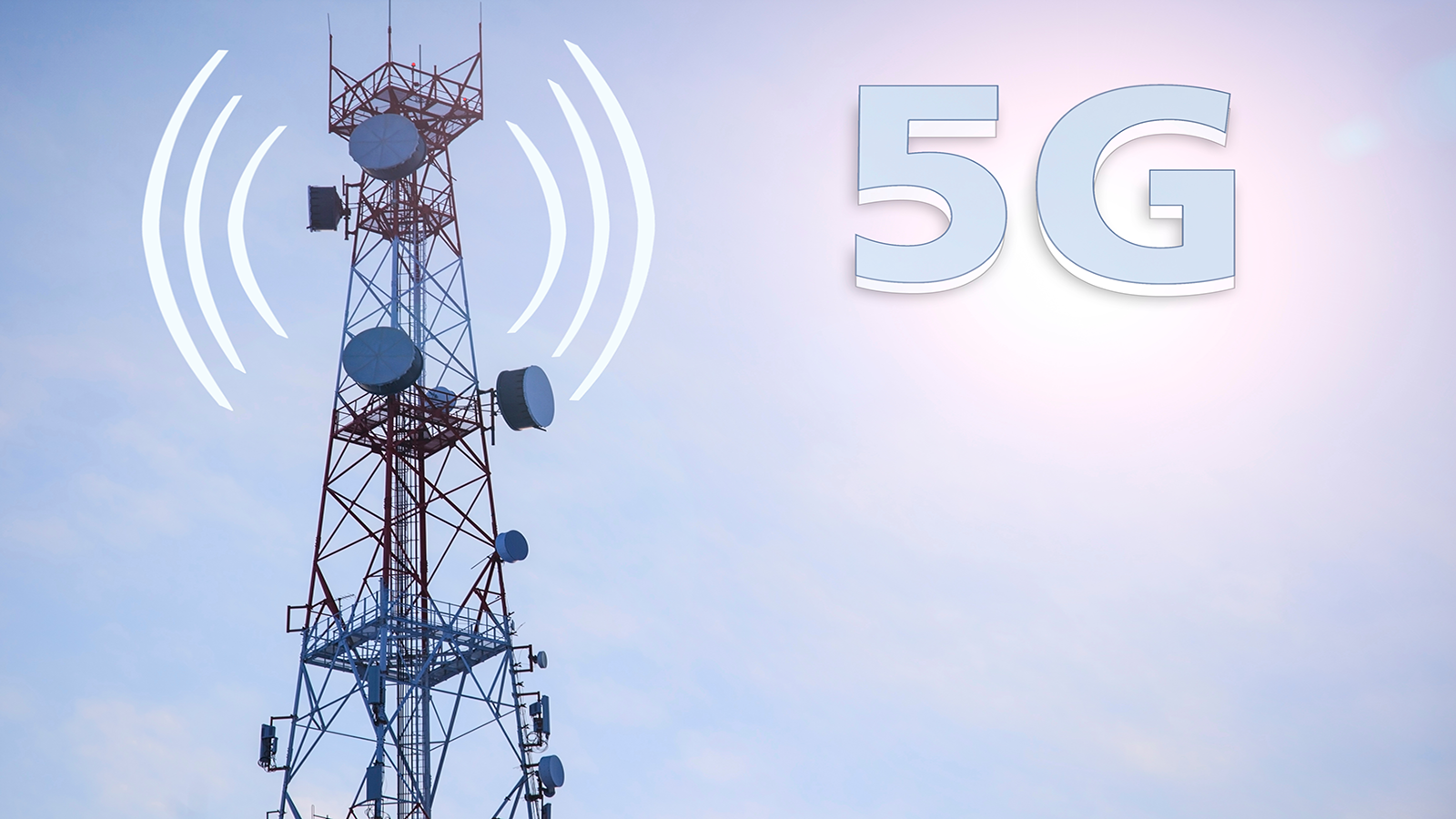
Overview of 5G base station equipment, components, and layered architecture covering antenna systems, RRU/BBU functions, transmission, power, and monitoring.

Summary of CDMA applications and network traits in mobile communication, covering 3G/4G/5G, satellite systems, spectral efficiency, interference resistance and capacity.

Technical overview of CDMA and frequency reuse, describing how spreading codes enable simultaneous voice and data, plus capacity trade-offs and interference behavior.

Historical overview of mobile operating systems (1973–2007), detailing milestones from early PDAs and smartphones to Symbian's rise and market shifts.

Overview of fiber patch cord types, fiber access topologies (FTTH, FTTB, FTTD), and connection methods (point-to-point, cross connection) for network deployments.
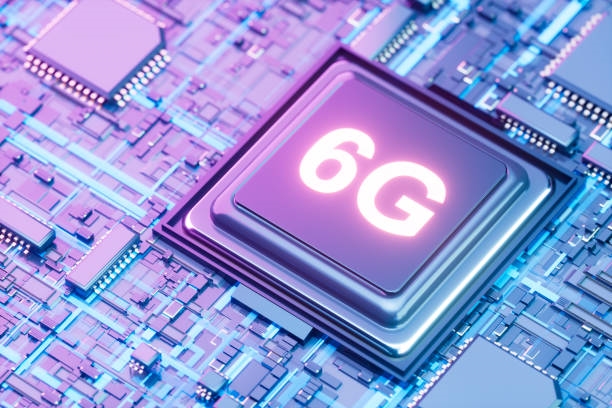
Analyzes 6G core network requirements and proposes an information-centric, capability-inclusive core architecture that enables AI, computing, and flexible user-plane processing.
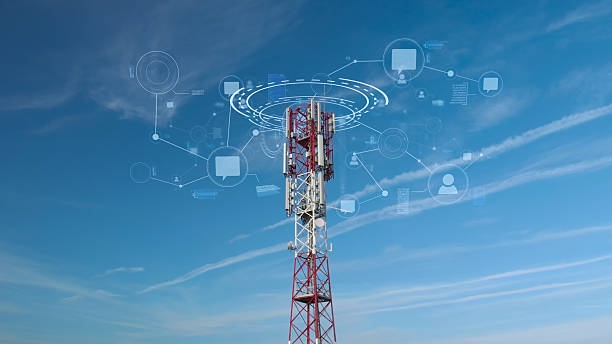
Overview of mobile communication key technologies and application scenarios, covering cellular network evolution (GSM/LTE/5G), multiple access, antennas and mobile internet
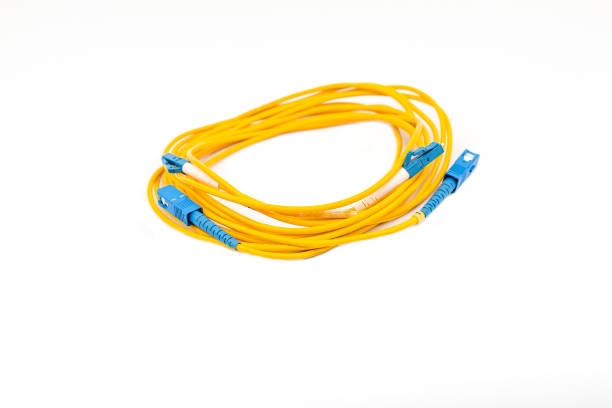
Compare Fibre Channel switches and fiber-optic switches: protocols, deployment, interfaces, SAN suitability, and need for fiber transceivers for switch connectivity.
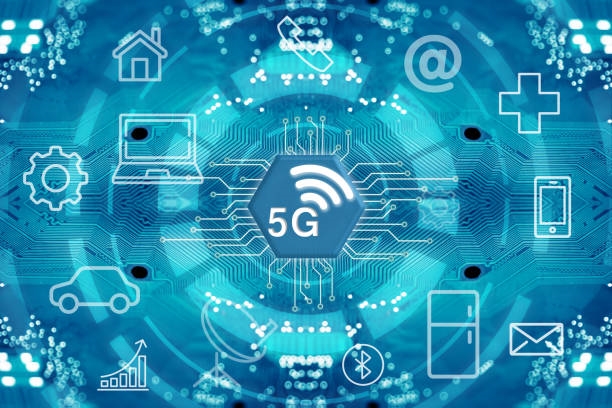
Six case studies of 5G industrial internet deployments—private 5G, MEC, edge computing, digital twins and AI—demonstrate safety, efficiency and predictive maintenance gains.
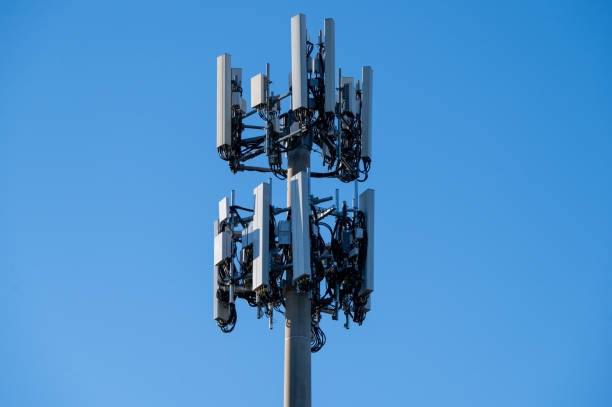
Overview of base station components and functions, and how proximity affects radio field strength and radiation; covers antennas, transceivers, controllers, and power control.
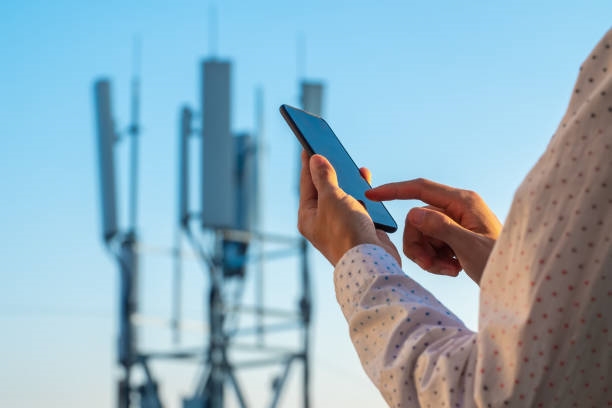
Technical overview of base stations, cells, sectors, and carriers: explains antenna sites, sector vs. cell distinctions, and how carrier and carrier frequency define logical cells.
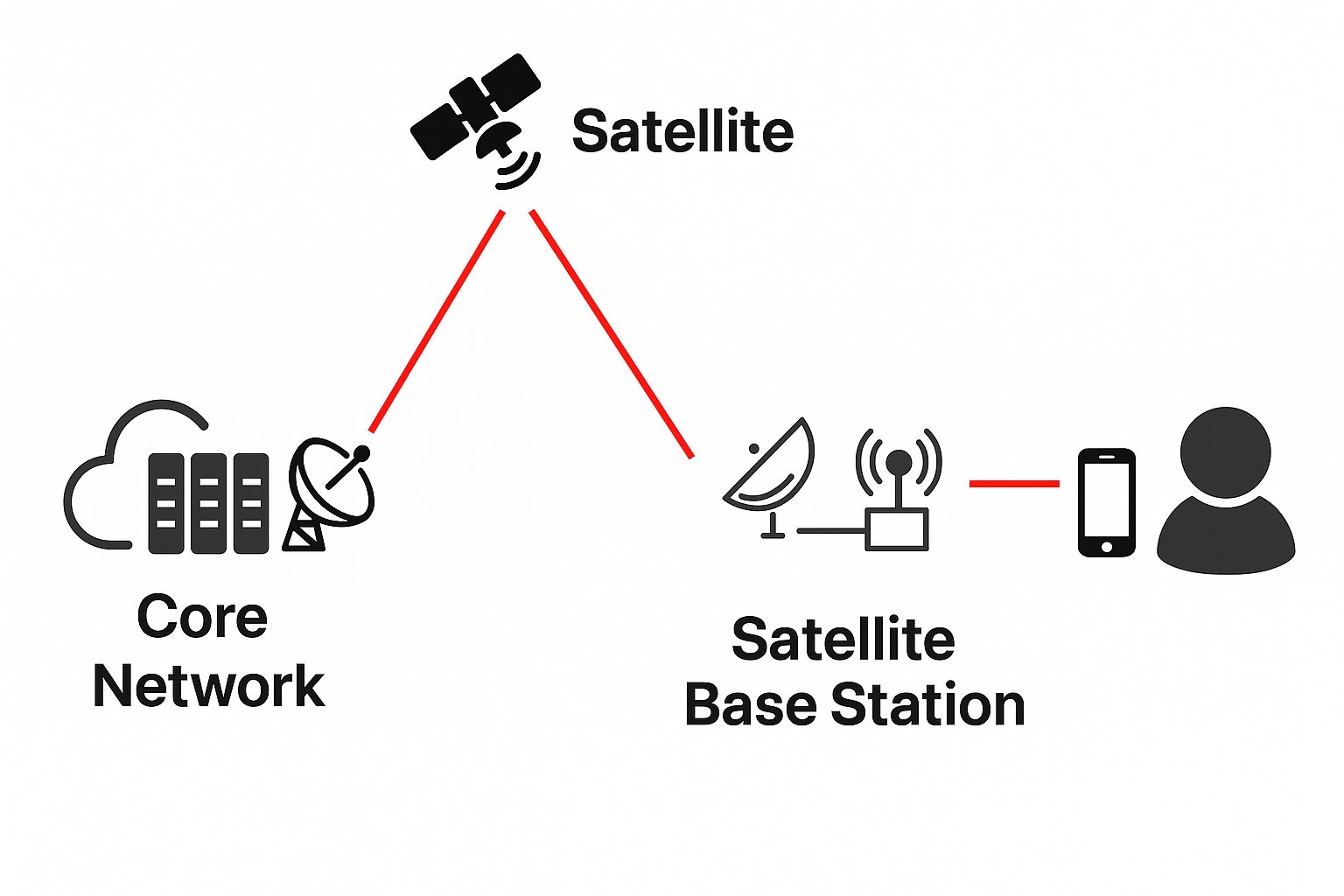
China Mobile procurement of lightweight integrated satellite base stations: APSTAR?6D Ku?band backhaul, automatic antenna acquisition, LTE Band 3 femto design for emergency use.

Guide to configure a switch IP address via CLI: enter privileged mode, set interface ip address and mask, activate interface, save config, and verify IPv4/IPv6 validity.
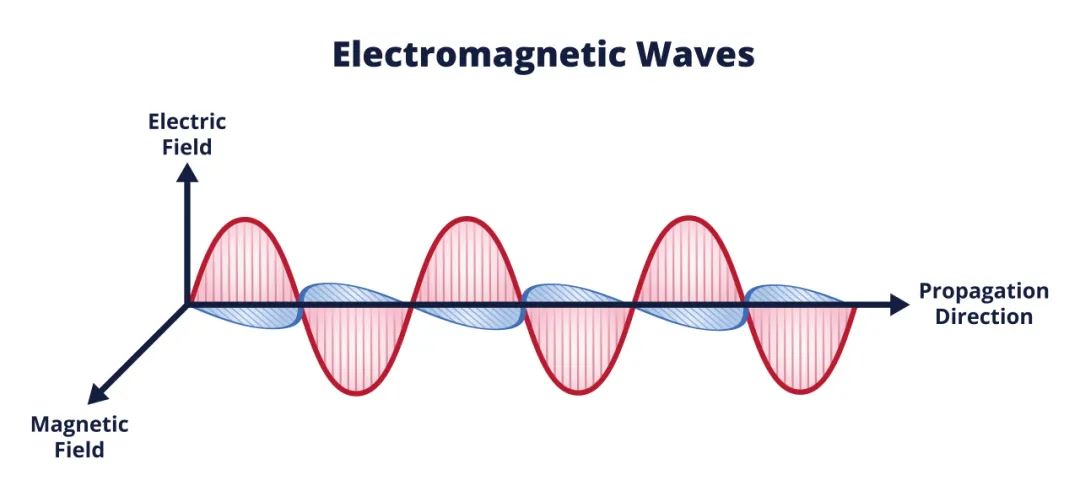
Technical overview of 6G and terahertz (sub-THz) research: 100 Gbps–1 Tbps throughput targets, RF/baseband challenges, and THz benefits for NTN, SNR, dense antennas.